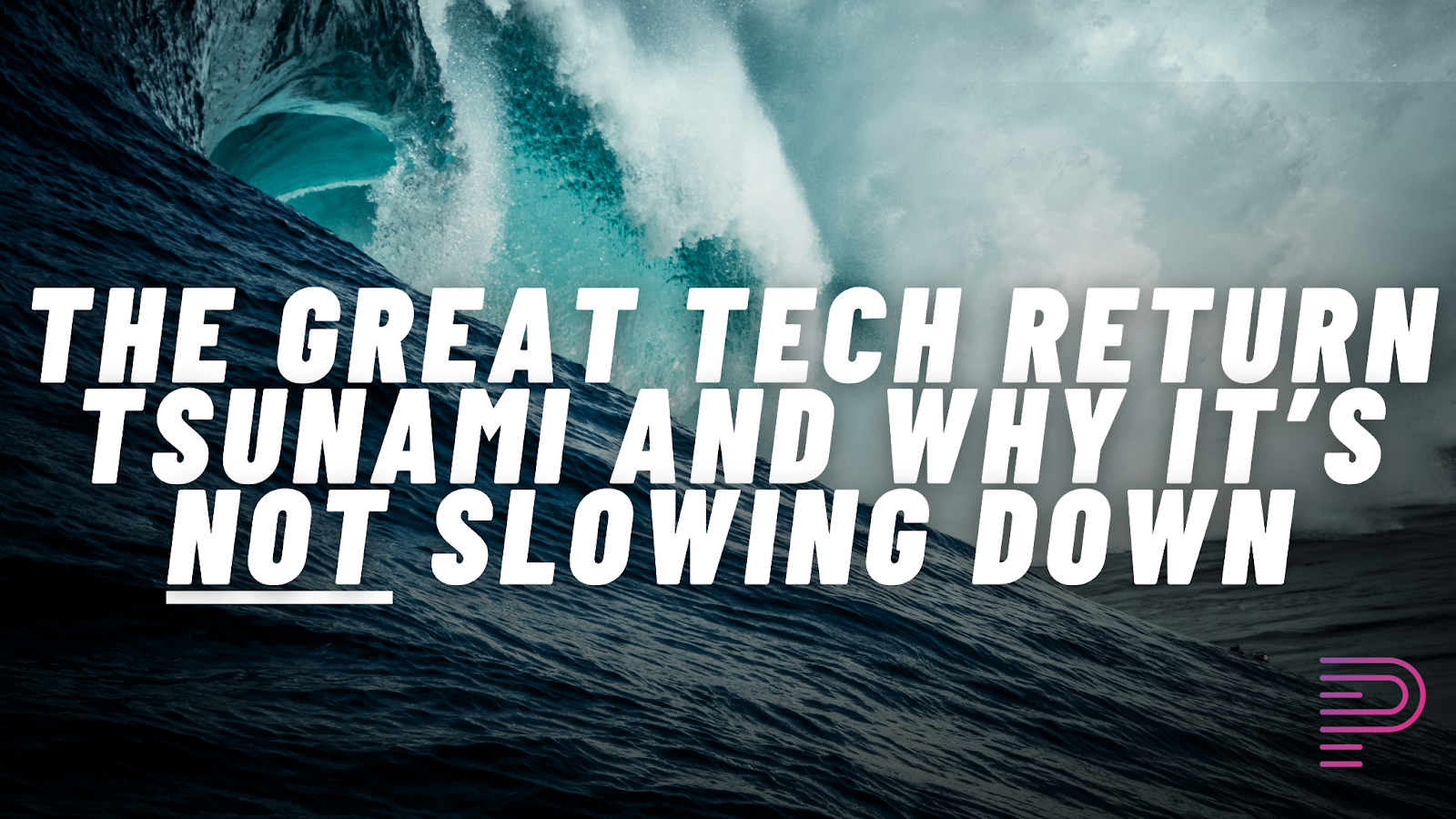
The Great Tech Return Tsunami and Why It’s Not Slowing Down
There’s a tidal wave building behind warehouse doors. Electronics retailers and manufacturers are dealing with a surge in product returns unlike anything the industry has ever seen. And this isn’t just a post-holiday blip anymore, it’s an ongoing ripple effect of the past few years of global disruption.
According to the National Retail Federation, return rates for consumer electronics climbed to 17.9% in 2023, up from 13.4% just three years earlier. That’s billions of dollars in devices cycling back into the system, many of them unopened, lightly used, or perfectly functional. At the same time, B2B channels are reporting a surge in surplus IT equipment as companies restructure remote work programs and consolidate data center strategies.
The reasons are complex. E-commerce makes it easier to return products, sometimes without reason. Rapid product release cycles leave customers wanting the next version before the current one reaches maturity. And inventory forecasting is still suffering from the aftershocks of pandemic supply chain uncertainty. The result is simple: chaos in reverse.
The backlog is real. Devices are piling up with no clear plan. Some end up in liquidation channels that undercut brand value and offer no environmental accountability. Others quietly disappear into disposal streams, missing a chance at reuse. Very few are handled in a way that maximizes environmental or financial returns.
Pulse is working with brands to rewrite this narrative. Through intelligent reverse logistics programs and ITAD practices, we’re turning returned tech into a resource; quickly, securely, and at scale. That means faster testing and triage, better resale pathways, and data destruction protocols that protect both the customer and the brand.
Returns are no longer just a cost center. They’re a visibility challenge, a value opportunity, and a chance to prove operational resilience. The tsunami isn’t going away. But with the right systems and partners in place, it doesn’t have to drown you.